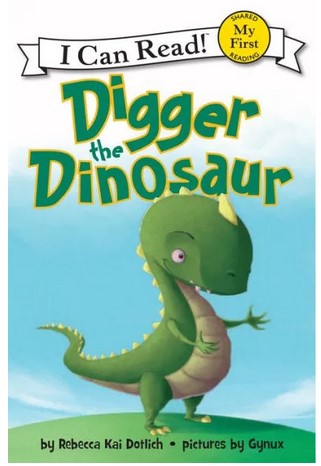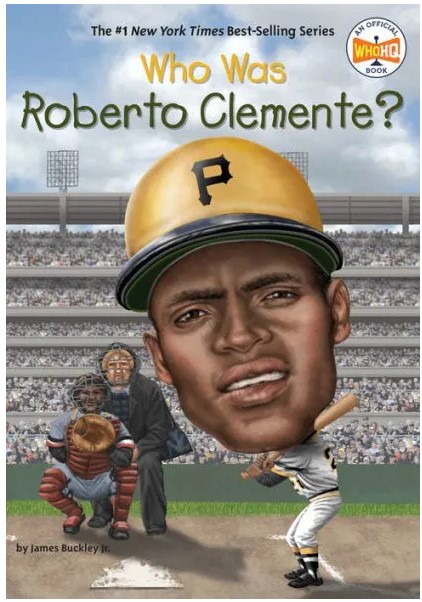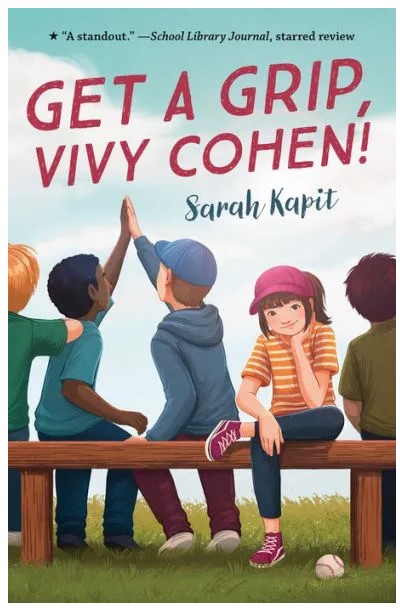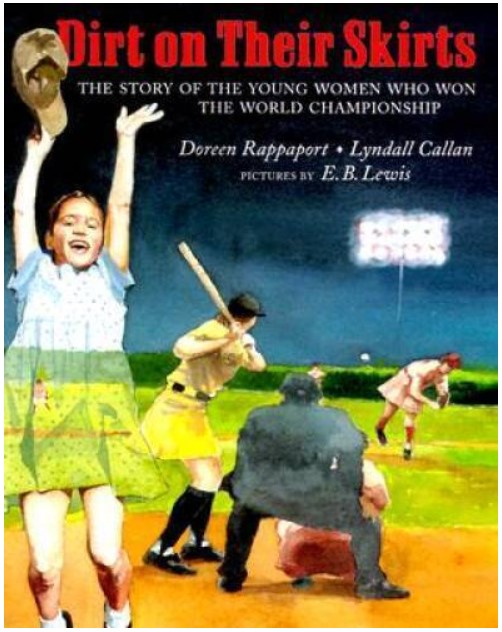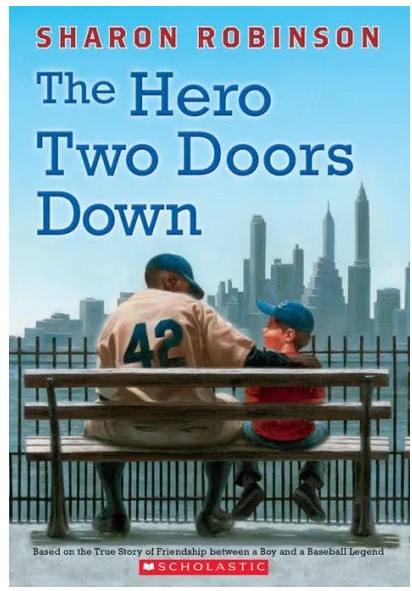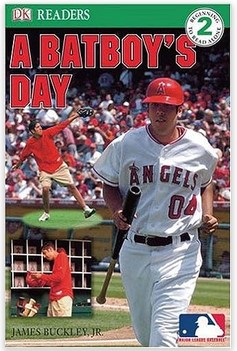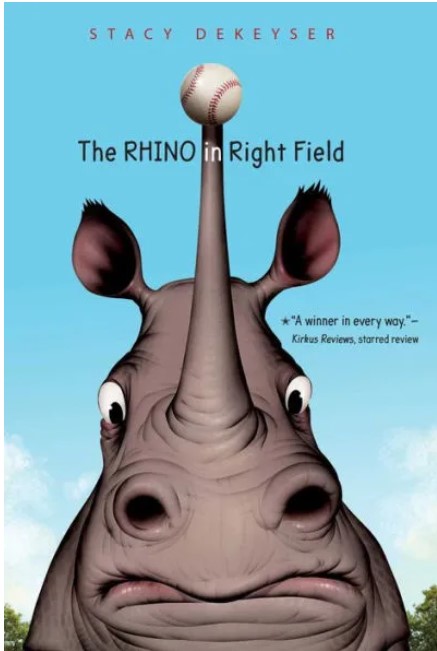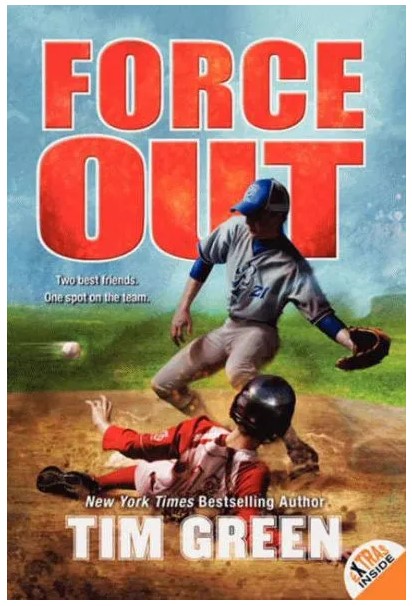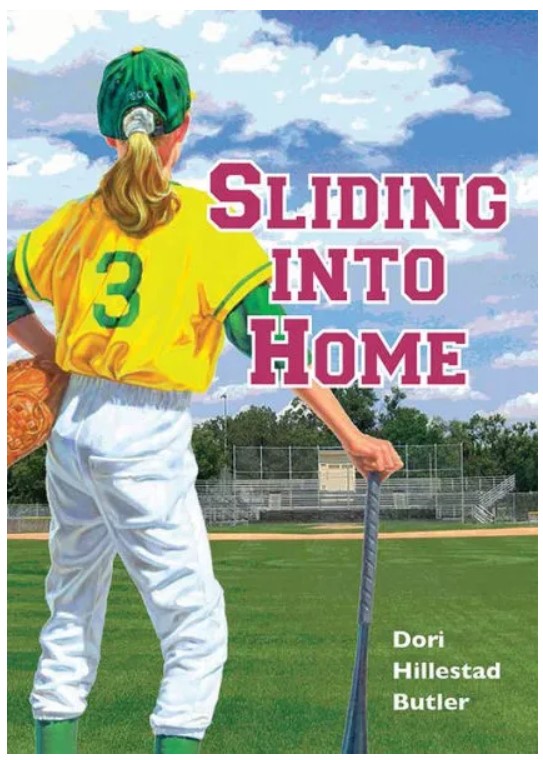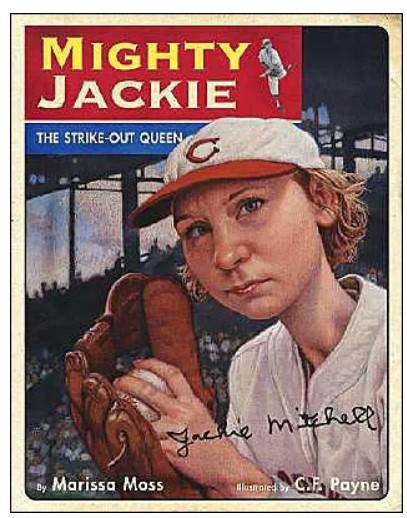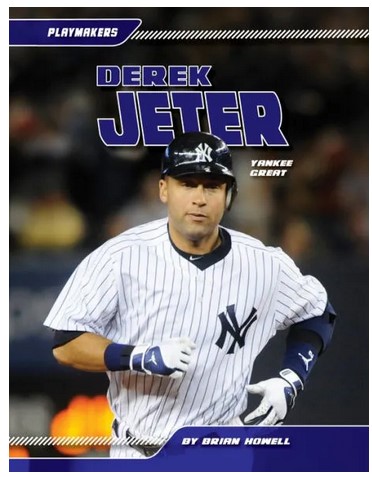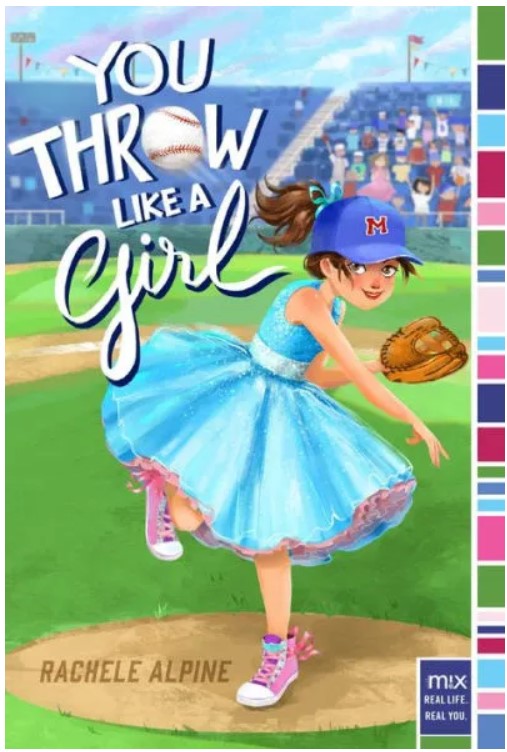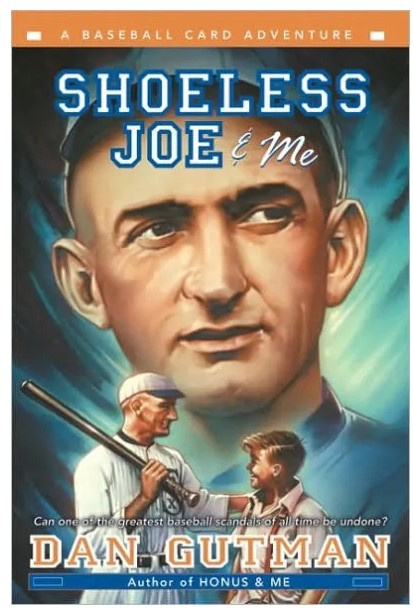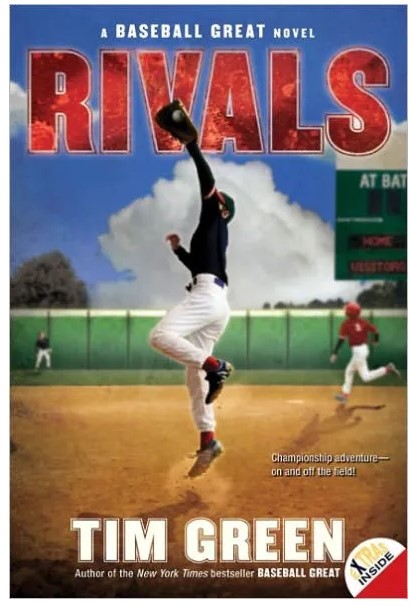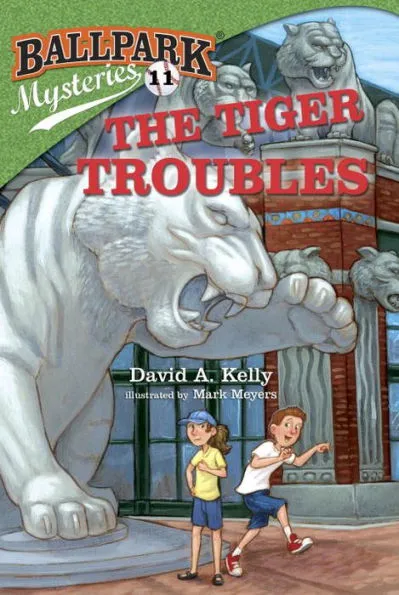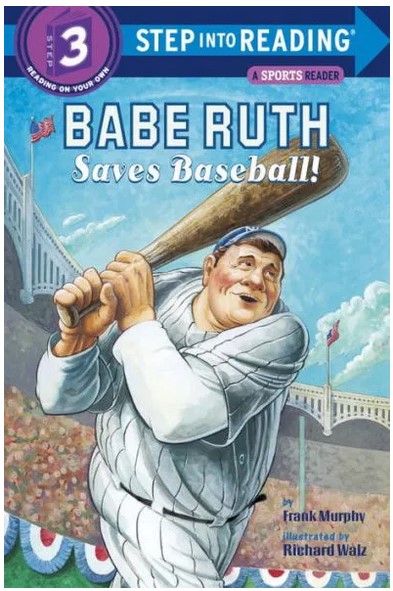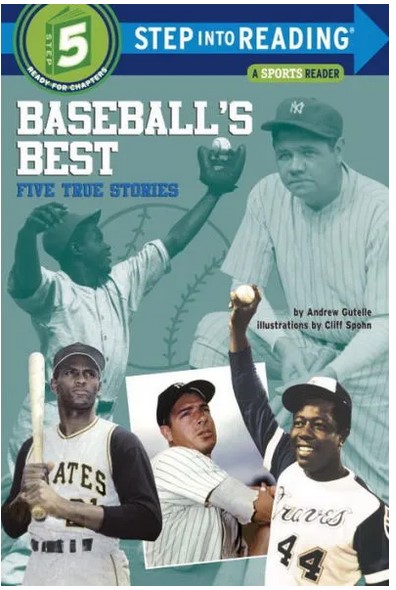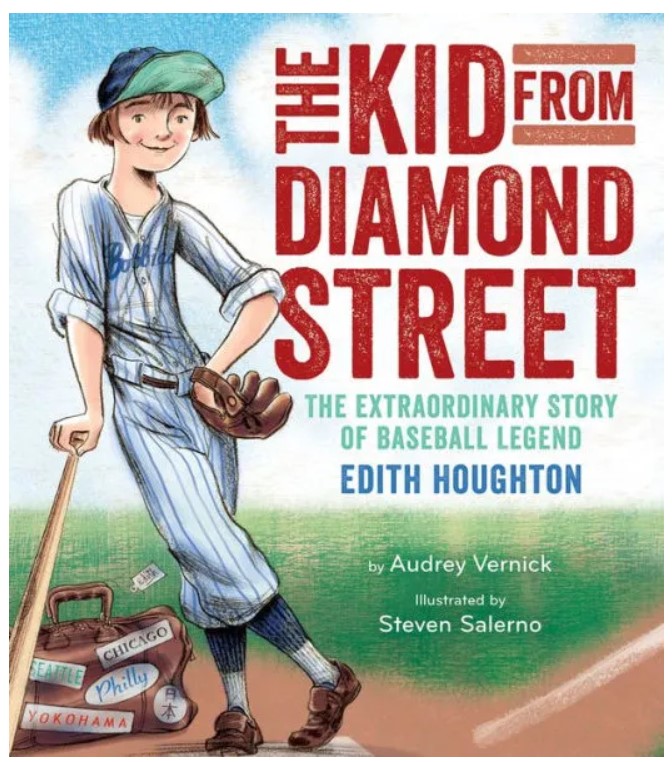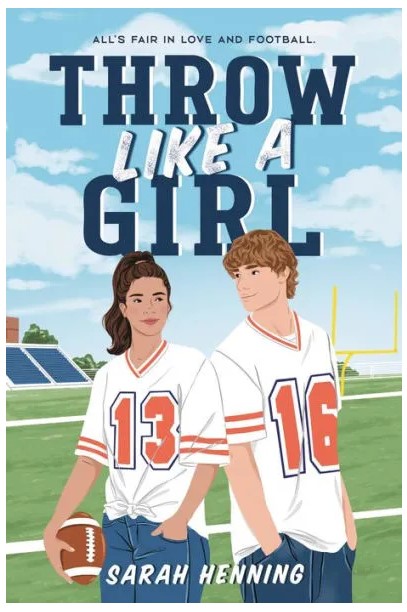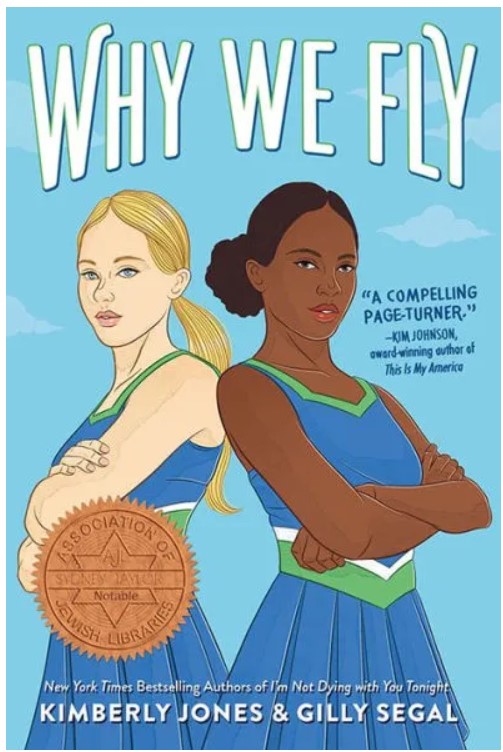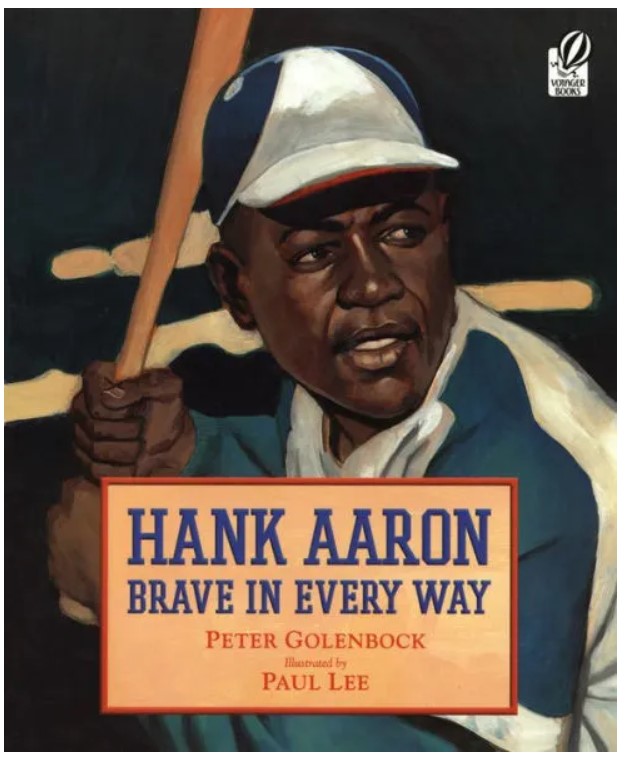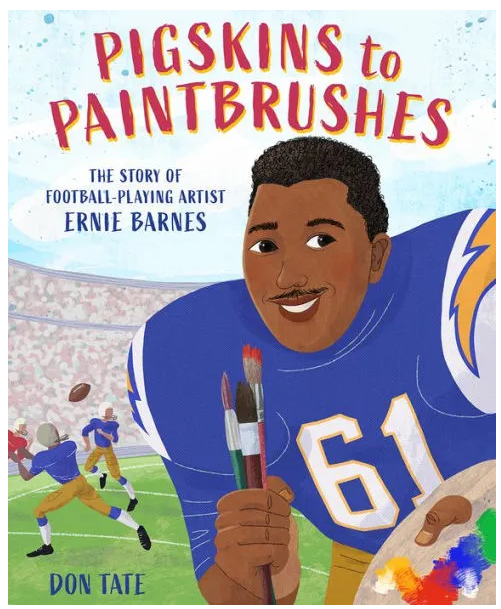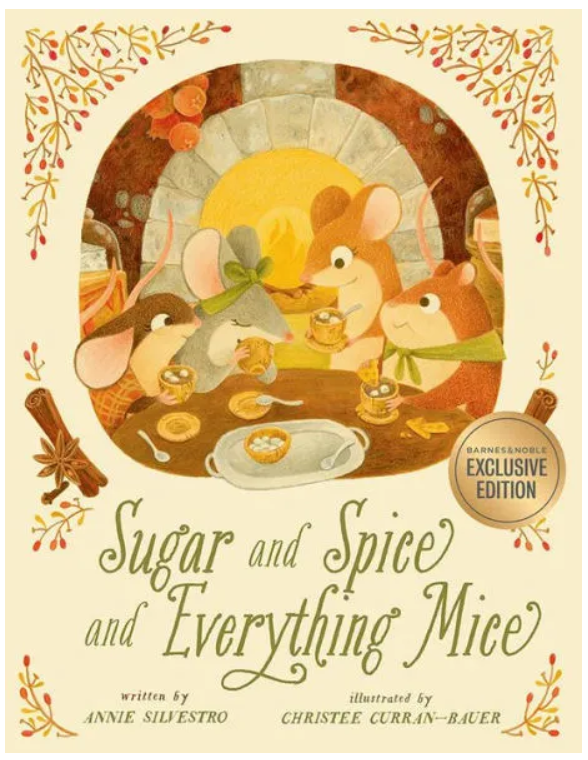From the New York Times bestselling authors of I’m Not Dying with You Tonight comes a story about friendship, privilege, sports, and protest.
With a rocky start to senior year, cheerleaders and lifelong best friends Eleanor and Chanel have a lot on their minds. Eleanor is still in physical therapy months after a serious concussion from a failed cheer stunt. Chanel starts making questionable decisions to deal with the mounting pressure of college applications. But they have each other’s backs—just as always, until Eleanor’s new relationship with star quarterback Three starts a rift between them.
Then, the cheer squad decides to take a knee at the season’s first football game, and what seemed like a positive show of solidarity suddenly shines a national spotlight on the team—and becomes the reason for a larger fallout between the girls. As Eleanor and Chanel grapple with the weight of the consequences as well as their own problems, can the girls rely on the friendship they’ve always shared?
Why We Fly was inspired by real people who took a stand against racism. John Carlos and Tommie Smith raised their Black power fist at the Olympics in 1968. Similarly, Collin Kaepernick kneeled during the national anthem in protest of the treatment of Blacks. Why We Fly explores the idea that players should “shut up and play” and the consequences athletes face if they voice their opinions. The story’s message is clear—athletes and others should not be punished for peaceful protest. However, the main characters’ experiences also highlight the importance of having a plan before you protest. In addition, the story reminds readers that no one should be forced to support a cause. By reading, Why We Fly today’s readers will gain insight into effective activism and be encouraged to explore ways they can help others.
The chapters alternate between Eleanor’s and Chanel’s points of view. Since the girls are of different races, readers will begin to understand how race and wealth affect a person’s experiences. While the story explores important themes, the main characters are difficult to relate to. Even though Eleanor and Chanel have been best friends most of their lives, neither one is a good friend. For example, after Eleanor is voted captain of the cheerleading team, Chanel ghosts her. In addition, Chanel is critical of Eleanor’s relationship with star quarterback, Three. Many readers will dislike Eleanor’s and Chanel’s behavior and thus will have a hard time relating to them.
On the other hand, Eleanor has a difficult time considering things from other’s point of view. When she is voted cheerleading captain, she accepts the position and never considers how it will affect Chanel. As cheerleading captain, Eleanor doesn’t show positive leadership skills and Chanel eventually has to jump in to unite the team. Then, when Eleanor encourages the cheerleaders to kneel during the national anthem, she doesn’t think about the consequences or how it would affect others. Eventually, she goes to talk to a rabbi who says, “Living up to a legacy doesn’t mean celebrating it. It means we pick up the baton and keep running the race. It also means we need to check ourselves and our assumptions about how far we’ve come, or haven’t.” Eleanor learns that when protesting, having good intentions is not enough—she should have also considered different people’s points of view and the consequences others would face if they protested.
While many books have imperfect characters, Why We Fly’s characters are unlikable because they are self-centered and have unhealthy relationships. Despite this, readers who are interested in activism can learn important lessons about effective protest. In addition, readers may want to research some of the influential people the story mentions such as Dorothy Buckhanan Wilson, President of Alpha Kappa Alpha Sorority. Readers who want to explore issues of discrimination and wealth should also add these books to their reading list: Jackpot by Nic Stone, The Hate U Give by Angie Thomas, and I’m Not Dying with You Tonight by Kimberly Jones & Gilly Segal.
Sexual Content
- After physical therapy, Three and Eleanor are talking. “He leans closer, and I freeze, dying for him to kiss me and feeling ridiculous that I’m so desperate for him to kiss me that I’m willing for it to happen in this doctor’s office. . . I lift my face, and his lips brush mine gently at first, and then he presses closer, and we fall over a cliff into the kiss.” The doctor interrupts them.
- One of the characters wears a shirt that reads, “Woke Up Lesbian Again.”
- Eleanor and Chanel go to a BBQ at Three’s house. When Eleanor and Three begin to flirt, Chanel says, “It’s a Planned Parenthood cautionary tale right before our eyes.”
- Before a football game, Three and Eleanor have a moment alone. Eleanor kisses him. Three “holds me to him, running that hand all the way up my back and into my hair. His lips part mine, and we kiss until we’re so tangled in each other that the stadium noises fade. . .” They are interrupted by another football player, who yells, “Three! Untangle yourself from that octopus, and let’s go.”
- A friend drops Three off at Eleanor’s house. Eleanor wonders, “Why did he have to get a ride to what is obviously going to look like a hook-up?”
- Eleanor slept with her previous boyfriend, Roman. Eleanor’s friend said, “Roman was the type to kiss and tell, and she was right. . .” Eleanor isn’t sorry that she slept with Roman, she’s “just mad everyone thought it was cool to slut-shame me for my choice while admiring him for doing the same thing.” Later, Eleanor reveals that Roman is the only person she has had sex with.
- Eleanor and Three are hanging out at her house. They begin kissing. Three says that he doesn’t expect her to have sex with him, but Eleanor says she wants to. “Three lies back, taking up my entire bed, leaving me no space and no option other than to press up against him and rest my cheek on his chest. . .” Before they can have sex, they get into an argument, and Three leaves.
- On social media, someone posts: “Looks like Chanel Irons will be the next Barack Obama. Anyone know if she’s straight? I’m here for being her Michelle. We can un-hetero that White House together.”
Violence
- Before the book begins, Eleanor falls during cheerleading practice. Eleanor “came down wrong. . . I flailed, trying to save myself too. My head thwacked James’s shoulder on the way down, then hit the mat. One leg bent under me, and my ankle collapsed. . . when I came to, the throbbing in my head blinded me to all the other pain.” Months later, Eleanor is still in physical therapy.
Drugs and Alcohol
- In order to deal with stress, Chanel sneaks into the school bathroom to vape marijuana. She loads “the cartridge of Runtz, press and release the button, and take a short breath.”
- Chanel is suspended from school. Afterwards, she hides in the shed behind her house. “Even though I normally take only one short puff, I find myself taking extra puffs today and holding the vapor longer.”
- Because of the pressure of applying to colleges, Chanel is “stoned for nearly two months.”
- After a football game, a bunch of teens go to a player’s house. Before his parents leave the room, they padlock the liquor cabinet.
Language
- Profanity is used frequently. Profanity includes ass, bitches, bullshit, crap, damn, hell, piss, and shit.
- Fuck is used once.
- Oh God and dear God are infrequently used as an exclamation.
- Three’s mother dislikes Eleanor and calls her “locker-room lice.”
- Eleanor and Chanel kneel during the national anthem at a football game. Afterwards, someone posts a picture with a caption that says, “Now we’ve got a Jew bitch on her knees with the primates.”
Supernatural
Spiritual Content
- Eleanor was part of a competition squad that would pray “before every tournament—in Jesus’s name.” Because Eleanor is Jewish, she seeks out her rabi’s advice. “His guidance gave me the guts to ask the team to change the prayer to something more egalitarian.”
- Eleanor mentions religious holidays such as the High Holy Days and Rosh Hashanah.
- Eleanor goes to synagogue during the High Holidays. Her brother wears a bar mitzvah tallit (a prayer shawl), but Eleanor is upset that she forgot hers. The knots on the tallit represent “the number of commandments in the Torah.”
- During the service, the rabbi says, “When I look around, both at our larger world and our own community, I see enormous pain. I see injustice . . . There are those who deny the humanity of people of color. Who asks that they be silent in the face of unequal, hateful, violent treatment. . . We have a moral obligation to bear witness to injustice in society. . . it is our responsibility to protect the marginalized and to partner with other communities to confront the powerful who perpetuate injustice.” The sermon goes on for two pages.

